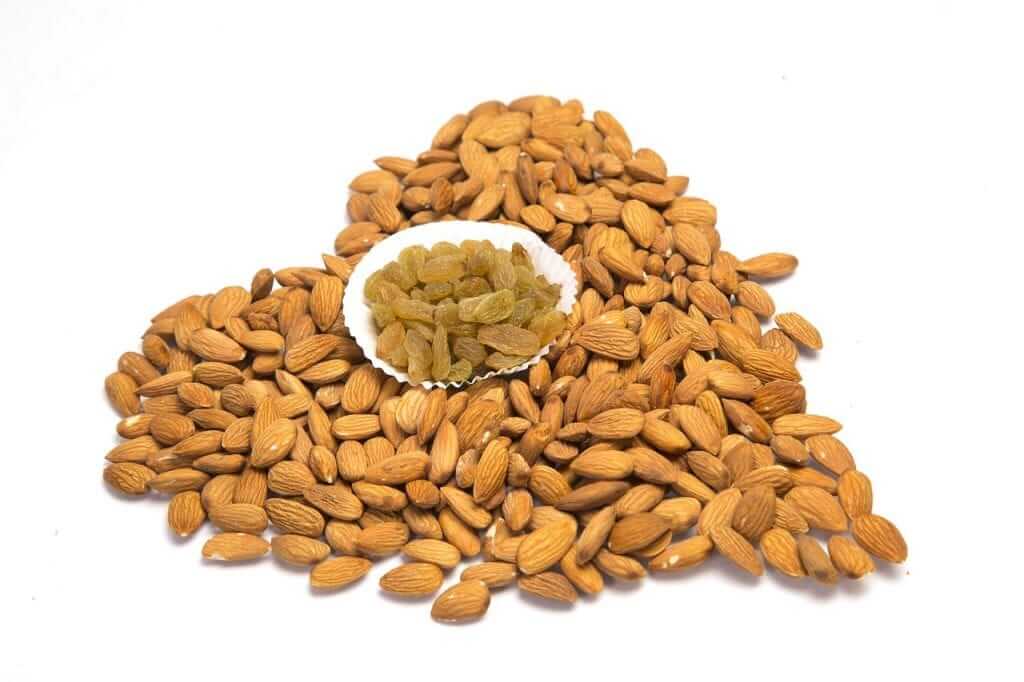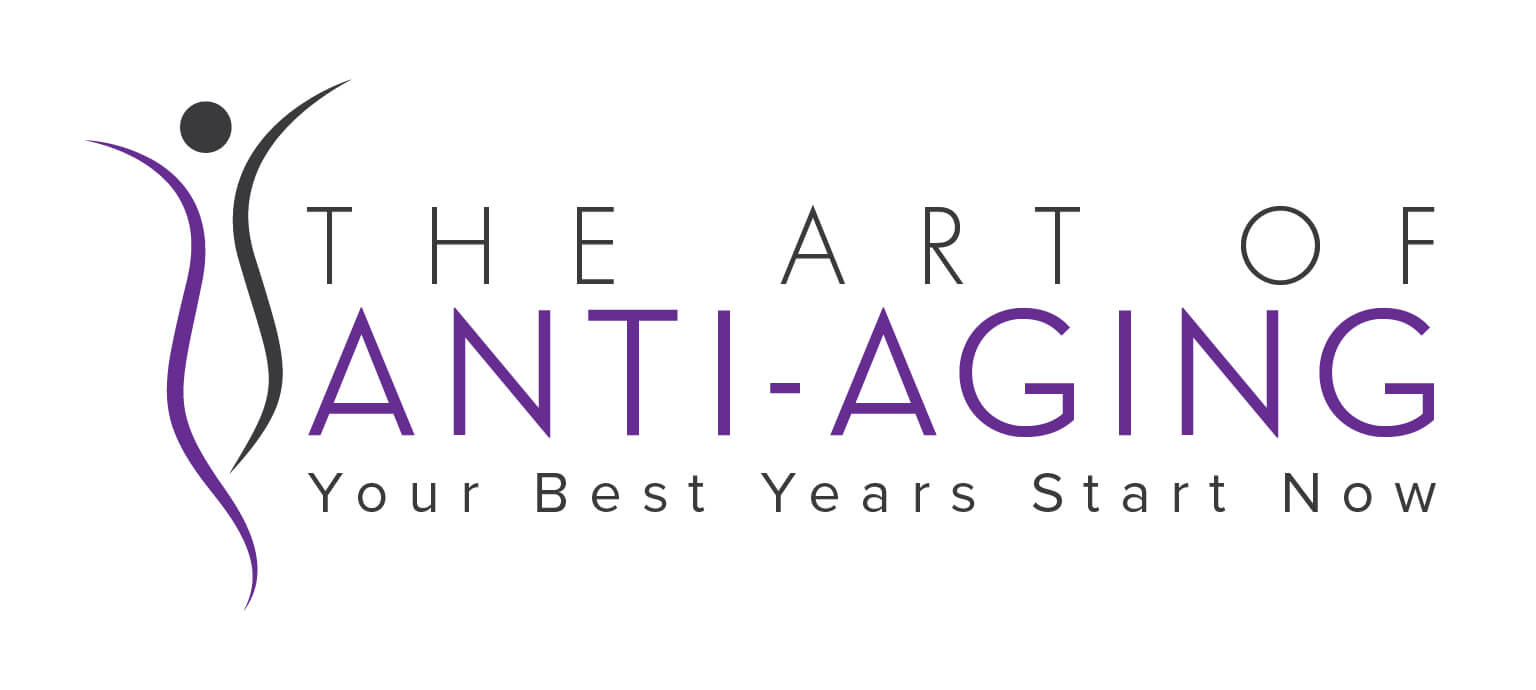Hormone imbalance in women is, unfortunately, very common today.
In short, that’s largely because of the modern world we live in. The standard American diet, a sedentary lifestyle, excess stress, and environmental pollution can wreak havoc on women’s hormones.
These are just some of the common symptoms associated with hormone imbalance in women:
- Often feeling tired and fatigued
- Unexplained irritability, anxiety, or nervousness
- Difficulty falling asleep or staying asleep
- Unexplained weight gain or weight loss
- Rapid changes in skin complexion, very dry skin, skin rashes
- Feeling “down” or depressed
- Puffiness in the face
- “Brain fog”
The good news is that imbalances in hormone levels are not inevitable, and drugs and other medical interventions are not the only answer.
There are powerful ways women can help minimize the impact associated with major hormonal transitions throughout life.
Below are four of the most important steps.
Hormone Imbalance Help, Step #1:
Avoid, and Detox from, “Hormone Imposters”

The first way to support hormone health is through detoxification and, of course, avoiding toxins in the first place.
Endocrine-disrupting chemicals, or EDCs, are everywhere in our increasingly polluted world.
As their name suggests, EDCs have the potential to interfere with natural hormone expression, which can make hormonal transitions such as menopause more severe than they need to be.
Many of these chemicals fall into a category of toxins known as “xenoestrogens” that “mimic” the effects of the hormone estrogen in the body – but in a highly damaging way.
Xenoestrogens disrupt normal estrogen function while inundating the liver with a flood of estrogen impostors, which it then desperately tries to metabolize.
Xenoestrogens aren’t real estrogenic hormones, nor do they function as such for the benefit of a woman’s health and wellbeing. Therefore, the only thing they end up doing is building up over time inside a woman’s body and causing serious health problems.
“Xenoestrogens are a thousand times more potent than the body’s natural estrogen, meaning your liver has to work that much harder to eliminate them,” says Ann Louise Gittleman, PhD, CNS. [1]
According to Gittleman, “Even in the smallest doses they can wreak havoc with your natural estrogen receptors, and this results in a slew of hormone-driven symptoms such as depression, headaches, brain fog and accumulation of body fat. Xenoestrogens can also interfere with your ovaries’ and adrenals’ manufacturing of estrogen.”
Xenoestrogenic compounds are found everywhere in our environment – especially in plastics with BPA.
You may have heard about one dangerous industrial chemical called bisphenol-A (BPA), which is found in many items including water bottles, cash register receipts, and the linings of food cans.
Other top sources of xenoestrogens include various food additives and preservatives and conventional dairy foods.[2]
A regular detoxification regimen, along with minimizing your use of plastics – especially for cooking and storing foods, going organic, and swapping your toxic personal care products for safer alternatives – are the best ways to combat xenoestrogens.
Hormone Imbalance Help, Step #2:
Minimize Stress as Much as Possible

The toxic onslaught from chemicals in our environment can create a tremendous amount of stress on the female body.
And stress, being another prominent cause of hormone imbalance in women, is a major hormone “thief” that can send a woman down a disastrous “fight or flight” path that leaves them weakened and ill.
In a situation that creates stress, a woman’s body will try to adapt by redirecting its hormone load to the situation at hand, leaving little or no hormones for other important bodily processes such as reproduction, or even basic health.[3]
Stress is arguably the worst disruptor of normal endocrine function because it causes a woman’s body to pull hormone resources from anywhere and everywhere that it can, including from vital life systems. It’s an “all hands on deck” situation that’s heavily taxing on a woman’s body.
Keep in mind that reproductive hormones, as well as those involved in regulating important metabolic functions such as thyroid balance, aren’t the body’s first priority during “emergency” states of chronic stress.
When stress is present, in other words, stress hormones come first, and anything left over (if there’s anything left over at all) comes last.
If left to run its course, stress will eventually deplete a woman’s body of pretty much all of its resources.
This is why it’s important to find – and regularly use – stress-relieving techniques. This might include exercise such as brisk walking, deep breathing, yoga, or meditation.
It’s also why it is wise to consume clean stress-relieving foods, such as the stress-relieving herbs known as “adaptogenic” (see #4 below).
Hormone Imbalance Help, Step #3:
Feed Your Body the Right Minerals and Other Nutrients
 While a good diet is always important, it becomes even more critical during times of hormonal transition.
While a good diet is always important, it becomes even more critical during times of hormonal transition.
The body requires plenty of dense, high-quality nutrition in order to make the hormones it needs to truly thrive.
You may be surprised to learn that, in both women and men, reproductive hormones are produced in large part using cholesterol as a baseline ingredient. For this reason and others, consuming cholesterol-rich foods is not the “villain” that conventional healthcare once made it out to be.
A great place to start in eating right is to focus on consuming balanced meals that are rich in macronutrients.
Think whole foods, high-quality proteins, complex carbohydrates, and plenty of healthy fats, like those found in avocados and seeds. (See “The Top 50 Anti-Aging Foods to Look Younger and Feel Great Fast” article for a list of good foods to eat.)
Eating probiotic-rich foods like kimchi and sauerkraut are also very helpful, as is eating prebiotic foods that feed the probiotics, or “good bacteria,” in your body, like garlic and onions.
On the flip side, foods that fuel inflammation are an absolute no-go, in part due to the terrible impact they have both on women’s hormone production and healthy digestion.
Foods you’ll want to avoid include those that are high in refined sugars and processed grains and flours. You may also want to consider reducing or avoiding gluten altogether.
Unhealthy fats like vegetable oils, including soy and canola, as well as trans fats, should similarly be avoided due to their pro-inflammatory properties.
If you have issues with allergies, food intolerances, and other gut-related health problems, you might need to try an “elimination” or FODMAPs diet. This can help to weed out any specific foods that might also be causing hormone imbalance by triggering digestive problems.
Hormone Imbalance Help, Step #4:
Consume the Right Adaptogenic and Hormone-Balancing Herbs

It can be difficult for many women to manage the day-to-day stressors that negatively impact their hormones, even when following the guidelines listed above.
This is where specific herbs demonstrate their usefulness, as they can often help a woman’s body better adapt to the changing situations that impact their hormones.
There is actually an entire class of herbs known as adaptogens that are uniquely suited to support the body’s efforts to combat prolonged stress.
As their name implies, adaptogens help the body to adapt to difficult situations in life that contribute to chronic stress, in effect stopping it before it begins to take its toll.
These are four of the best adaptogenic and hormone-balancing herbs for women:
Ashwagandha
This is one of the most effective herbs, bearing scientifically-proven benefits in combating stress hormones like cortisol. Ashwagandha can not only boost reproductive function and sexual desire in women, but it has been shown to further help to relieve the side effects associated with menopause, including anxiety, hot flashes, and depression.[4]
Maca Root
Also known as Peruvian Ginseng, maca root is another adaptogenic herb known to help address symptoms like hot flashes, night sweats, and sleep disruptors. Maca root is further known to help stimulate libido, improve sexual function, and can even help to treat infertility to an equal or even greater degree than standard hormone-replacement therapy (HRT) due to its ability to naturally boost LH levels.[5][6]
Dong Quai
This has long been used in traditional Chinese medicine (TCM) for toning, replenishing, and invigorating blood as well as relieving pain, combating constipation, and treating irregular menstruation and amenorrhea. Other names for this powerful herb for female health include Chinese angelica (scientific name Angelica sinensis), the “Empress of herbs,” and female ginseng.[7]
Milk Thistle
Milk thistle isommonly referred to as the “liver herb.” The liver is central to detoxification in the body, such as storing key hormonal substances, metabolic processes, and cleaning out the blood. Traditional healers have long used the leaves, seeds, and flowers as a liver detoxifier and overall health tonic. More modern research supports this traditional use of milk thistle. For example, a 2005 report published in the journal Alternative Medicine Reviewreported that the flavonoids in milk thistle act to protect the liver by significantly boosting its resistance to “toxic insult.” Just one of many added benefits of milk thistle is improved skin. An active compound in milk thistle called silibinin is reported to help prevent skin damage such as dark spots, lines, wrinkles, and even skin cancer by offering protection from UV light![8]
For most women, taking action on a combination of all of these recommendations – eating a clean, nutrient-rich diet, avoiding harmful “xenoestrogenic” chemicals, managing stress levels including regular exercise, and taking high-quality hormone-supportive herbs — can make a powerful difference in balancing your hormones.
Begin with the simple things and move up from there. You might just surprise yourself with how much better (and younger) you end up feeling as a result.
Consider This 100% Natural Organic Supplement for Hormonal Harmony
If you’re considering supplementation, the top-recommended E-Plexx from Organixx is specially formulated to revitalize hormonal harmony in women. It provides you an organic fermented herbal blend that provides powerful support for healthy hormone metabolism.
Click Here Now to Find Out More About E-Plexx
References:
[1]https://annlouise.com/2017/10/06/transforming-hormone-hell-into-hormone-heaven/
[2]Knoblauch Jessica, “Some Food Additives Mimic Human Hormones.”Scientific American27 March 2009. Retrieved from https://www.scientificamerican.com/article/food-additives-mimic-hormones/
[3]O’Brien Colin, “How are Female Hormones and Stress Related? Let’s talk about Progesterone.” Dr. Colin O’Brien, ND 30 May 2016. Retrieved from https://www.drcolinobrien.ca/how-are-female-hormones-and-stress-related-lets-talk-about-progesterone/
[4]Mobi MB et al., “Clinical evaluation of Ashokarishta, Ashwagandha Churna and Praval Pishti in the management of menopausal syndrome.” AYU2012 Oct;33(4):511-6. doi: 10.4103/0974-8520.110529.https://www.ncbi.nlm.nih.gov/pubmed/23723668
[5]Uchiyama F et al., “Lepidium meyenii (Maca) enhances the serum levels of luteinising hormone in female rats.” Journal of Ethnopharmacology2014 Feb 3;151(2):897-902. doi: 10.1016/j.jep.2013.11.058. Epub 2013 Dec 11.https://www.ncbi.nlm.nih.gov/pubmed/24333960
[6]Meissner HO et al., “Therapeutic Effects of Pre-Gelatinized Maca (Lepidium Peruvianum Chacon) used as a Non-Hormonal Alternative to HRT in Perimenopausal Women – Clinical Pilot Study.” International Journal of Biomedical Science2006 Jun;2(2):143-59. https://www.ncbi.nlm.nih.gov/pubmed/23674976
[7]https://www.ncbi.nlm.nih.gov/pubmed/27211015
[8]https://www.sciencedaily.com/releases/2013/01/130130143636.htm


